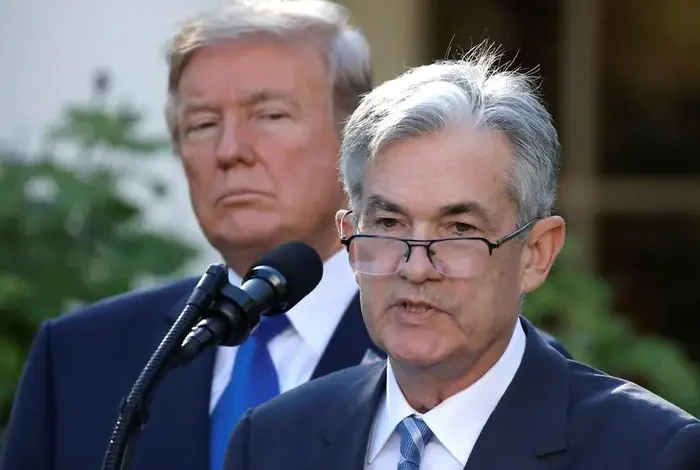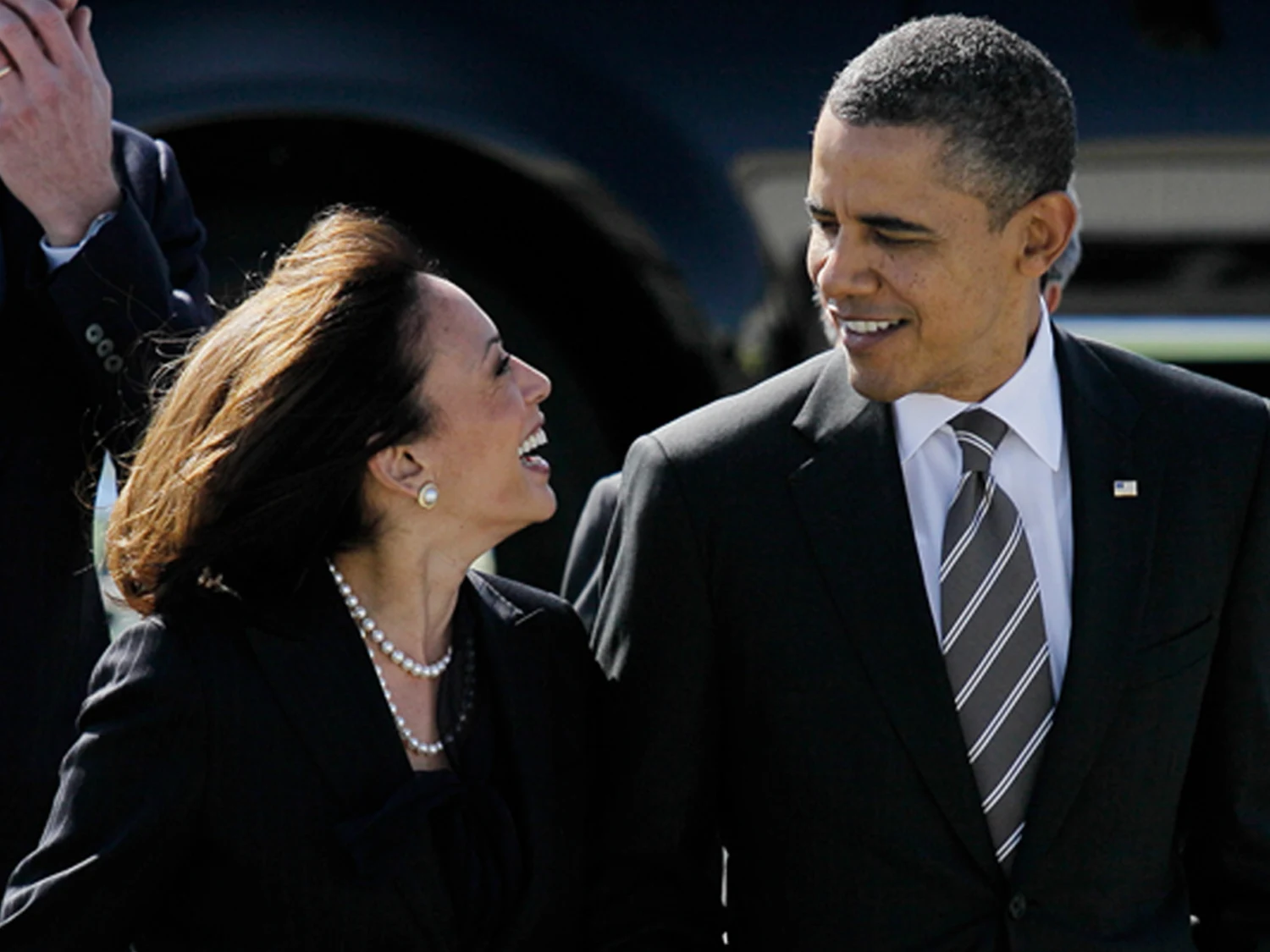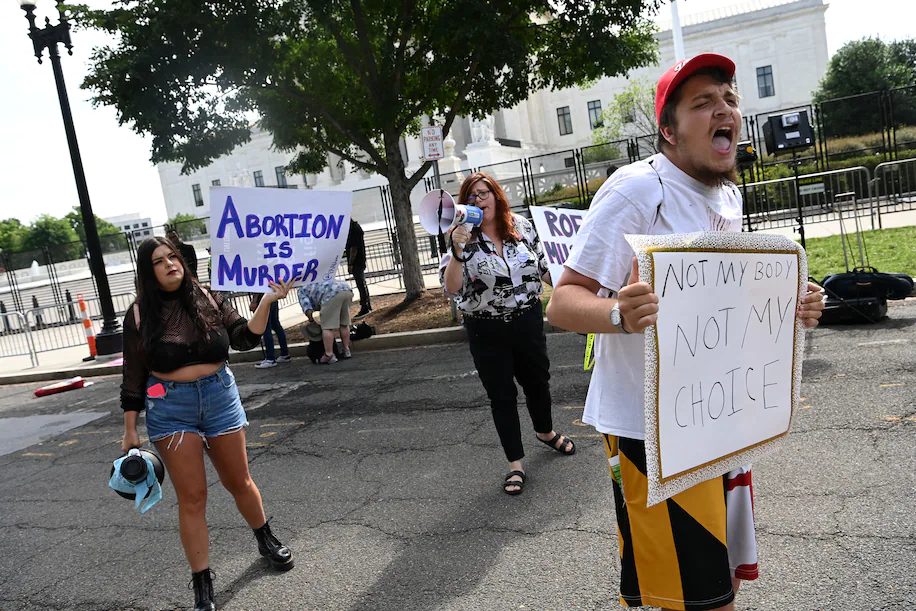A growing number of Federal Reserve officials have voiced support for cutting interest rates as soon as next month, signaling a potential shift in the central bank’s stance following last week’s decision to hold rates steady, Business Insider reports.
The Federal Open Market Committee (FOMC) opted not to change interest rates during its June meeting, a move that drew criticism from former President Donald Trump and several of his administration’s top officials. Trump, speaking on his social media platform, said rates should be lowered by two to three percentage points and accused the Fed of causing long-term economic harm. Vice President JD Vance echoed those sentiments, calling the central bank’s approach “monetary malpractice.”
Despite that criticism, Federal Reserve Chair Jerome Powell defended the Fed’s position during testimony before Congress this week, emphasizing the importance of managing inflation expectations.
“We will balance our maximum-employment and price-stability mandates,” Powell told lawmakers, citing the need to avoid turning temporary price increases into sustained inflation.
However, several senior officials within the Fed have begun expressing a more dovish view, citing easing inflation pressures and signs of labor market softening as reasons to consider cutting rates in the near term.
Waller, who has been mentioned as a potential successor to Powell, stated that the Fed should consider lowering interest rates at its next meeting. He argued that recent tariff announcements are unlikely to substantially drive inflation and warned against waiting too long to respond to weakening labor market conditions.
“I’m all in favor of saying maybe we should start thinking about cutting the policy rate at the next meeting, because we don’t want to wait till the job market tanks,” Waller said.
Vice Chair for Supervision Michelle Bowman also indicated support for a rate cut in July. In remarks delivered Monday, Bowman highlighted improvements in trade negotiations and a more stable economic outlook, suggesting that the risks tied to inflation are now lower.
“There are signs of fragility in the labor market,” she noted, arguing that the Fed should adjust its policy accordingly.
Austan Goolsbee joined the growing list of Fed officials open to rate reductions, though he did not commit to a specific timeline. He emphasized that if recent tariffs imposed by the Trump administration do not lead to renewed inflation, there may be room for the Fed to resume easing monetary policy.
“If we do not see inflation resulting from these tariff increases, then… we never left what I was calling the golden path,” he said, referencing earlier optimism about the US economic trajectory.
The next FOMC meeting is scheduled for July, and investors are watching closely for any shifts in the central bank’s tone. Market analysts note that data trends—including inflation, labor market indicators, and trade developments—will be critical in shaping whether a rate cut materializes.










The latest news in your social feeds
Subscribe to our social media platforms to stay tuned